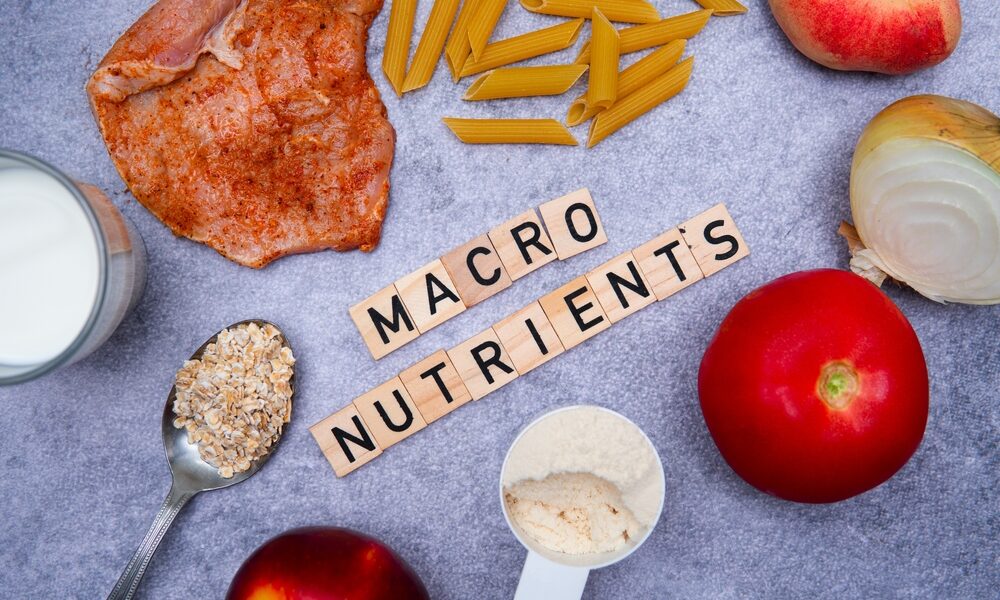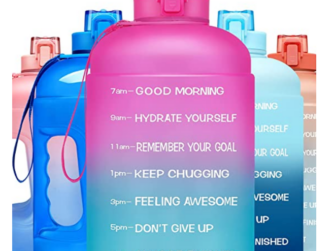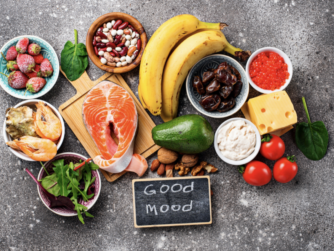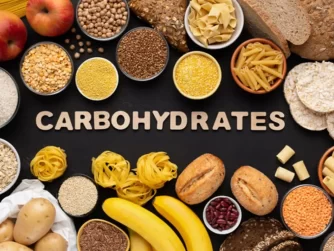Let’s be real: the word “macronutrients” sounds like something out of a college biology textbook. But if you’re trying to eat healthier, lose weight, gain muscle, or just feel better, understanding macros can be a total game-changer.
So today, let’s break it down in plain, everyday terms—what macronutrients are, why they matter, and how you can use them to build a healthier, stronger you. No fluff, no food shaming, just real, practical info.
🧠 What Are Macronutrients, Anyway?
“Macros” is short for macronutrients, and they’re the three main nutrients your body needs in large amounts to function properly:
- Carbohydrates
- Proteins
- Fats
These are your fuel sources—they give you energy, help repair tissues, support brain function, and pretty much run the show inside your body.
In contrast, micronutrients (like vitamins and minerals) are equally essential, but your body needs them in much smaller amounts. Think of macros as the foundation of your house, while micros are the electrical wiring and paint—still crucial, but not the bulk.
🍞 1. Carbohydrates: Your Body’s Favorite Energy Source
Carbs often get a bad rap—especially with all the “low-carb this” and “keto that” talk floating around. But truth is, carbohydrates are your body’s preferred source of energy.
Carbs break down into glucose (sugar), which your body uses for fuel. If you’re doing any sort of physical activity—walking, lifting, chasing kids around the house—you’re using carbs to do it.
✅ Good sources of carbs:
- Whole grains (brown rice, oats, quinoa)
- Vegetables (sweet potatoes, squash, leafy greens)
- Fruits (bananas, berries, apples)
- Legumes (beans, lentils)
⚠️ Watch out for:
- Refined carbs (white bread, sugary cereals, pastries)
- Hidden sugars in sauces, dressings, and drinks
Quick Tip: If it comes in a box and has a cartoon character on it, check that label. You’re probably getting more sugar than you bargained for.
🥩 2. Protein: The Builder Macro
Protein is the construction crew for your body. It builds and repairs muscle, skin, bones, and even hormones and enzymes. And if you’re active (or want to be more active), getting enough protein helps with recovery, performance, and fat loss.
When you eat protein, your body breaks it down into amino acids, which then go to work wherever needed.
✅ Great sources of protein:
- Chicken, turkey, beef, eggs
- Fish and seafood
- Tofu, tempeh, edamame
- Greek yogurt and cottage cheese
- Protein powders (whey, casein, plant-based)
Did you know? Eating protein with every meal can help you feel fuller, longer. That means fewer cravings and more control over snacking.
🥑 3. Fats: Not the Enemy!
Let’s squash this myth now: eating fat does NOT make you fat.
Your body needs fat to absorb certain vitamins (A, D, E, and K), protect your organs, regulate hormones, and even support brain health. The key is choosing the right kinds.
✅ Healthy fats include:
- Avocados
- Nuts and seeds (almonds, chia, flax)
- Olive oil and coconut oil
- Fatty fish (salmon, sardines, mackerel)
⚠️ Limit these:
- Trans fats (found in fried foods and baked goods)
- Too many omega-6s from processed vegetable oils
Pro tip: Swap mayo or heavy dressings with avocado or olive oil-based alternatives for a healthier (and tastier) fat source.
⚖️ Why Balance Matters
Each macronutrient plays a different role, and none of them should be completely eliminated (unless medically advised). A balanced approach means:
- Carbs for energy
- Protein for building and repair
- Fats for support and regulation
If you cut carbs too low, you might feel sluggish. If you avoid fats, your hormones can take a hit. And if you’re not getting enough protein, you might lose muscle instead of fat.
Balance is key—not restriction.
🧮 How Do I Know How Much of Each I Need?
There’s no one-size-fits-all formula, but here’s a general breakdown for most healthy adults:
- Carbs: 45–65% of your daily calories
- Protein: 10–35%
- Fats: 20–35%
Let’s say you eat 2,000 calories a day. A balanced day might look like:
- 50% carbs = 1,000 calories (or ~250g)
- 25% protein = 500 calories (or ~125g)
- 25% fat = 500 calories (or ~55g)
But keep in mind, these numbers should flex depending on your goals. Someone trying to build muscle might up their protein. Someone on a high-intensity training program might need more carbs.
Need help finding your numbers? Contact me, Coach Chris. If you don’t think you’re ready for that step, you can always use tools like MyFitnessPal or Cronometer to help you track and tweak based on your needs.
🧐 Reading Labels Like a Pro
When it comes to macronutrients, food labels are your best friend. A quick scan will show you how much of each macro you’re getting per serving. Watch for:
- Serving size (it’s sneaky!)
- Total carbs vs. added sugars
- Protein grams per serving
- Fats—look for saturated vs. unsaturated
Example: A “healthy” granola bar might have 10g protein (good!) but 22g sugar (not so good). That’s like eating a mini candy bar with protein sprinkles.
💬 Let’s Talk Real-Life Examples
Meet Sarah: She’s a busy mom trying to lose 15 pounds. She starts swapping cereal for eggs and veggies at breakfast (more protein), replaces soda with water, and preps grilled chicken and quinoa bowls for lunch. She starts feeling full longer, has fewer afternoon crashes, and loses 4 pounds in a month—without starving herself.
Or John: He wants to gain muscle but was only eating one big meal a day. Once he starts spreading out protein through the day—adding Greek yogurt snacks, eggs in the morning, and a protein shake post-workout—he starts seeing gains in strength and energy.
🙌 Takeaway: Macros Aren’t Magic, But They Do Matter
You don’t need to obsess or count every gram to benefit from macronutrient awareness. Start simple:
- Aim for a protein source at every meal.
- Include complex carbs (like veggies and whole grains).
- Don’t fear healthy fats—embrace them in moderation.
And most importantly—listen to your body. Energy levels, mood, sleep, digestion—they’re all feedback from within.
💪 Ready to Take Control of Your Nutrition?
Don’t let the word “macronutrients” scare you off. Think of it as a tool in your wellness toolbox. A little knowledge goes a long way, and once you start paying attention to what your body needs, you’ll be amazed how much better you feel.
Need help getting started? Head over to www.legionfitness.com for more nutrition tips, meal plans, and support. You’ve got this!
“Your body is your home. Fuel it well. Move it often. Love it unconditionally.”







